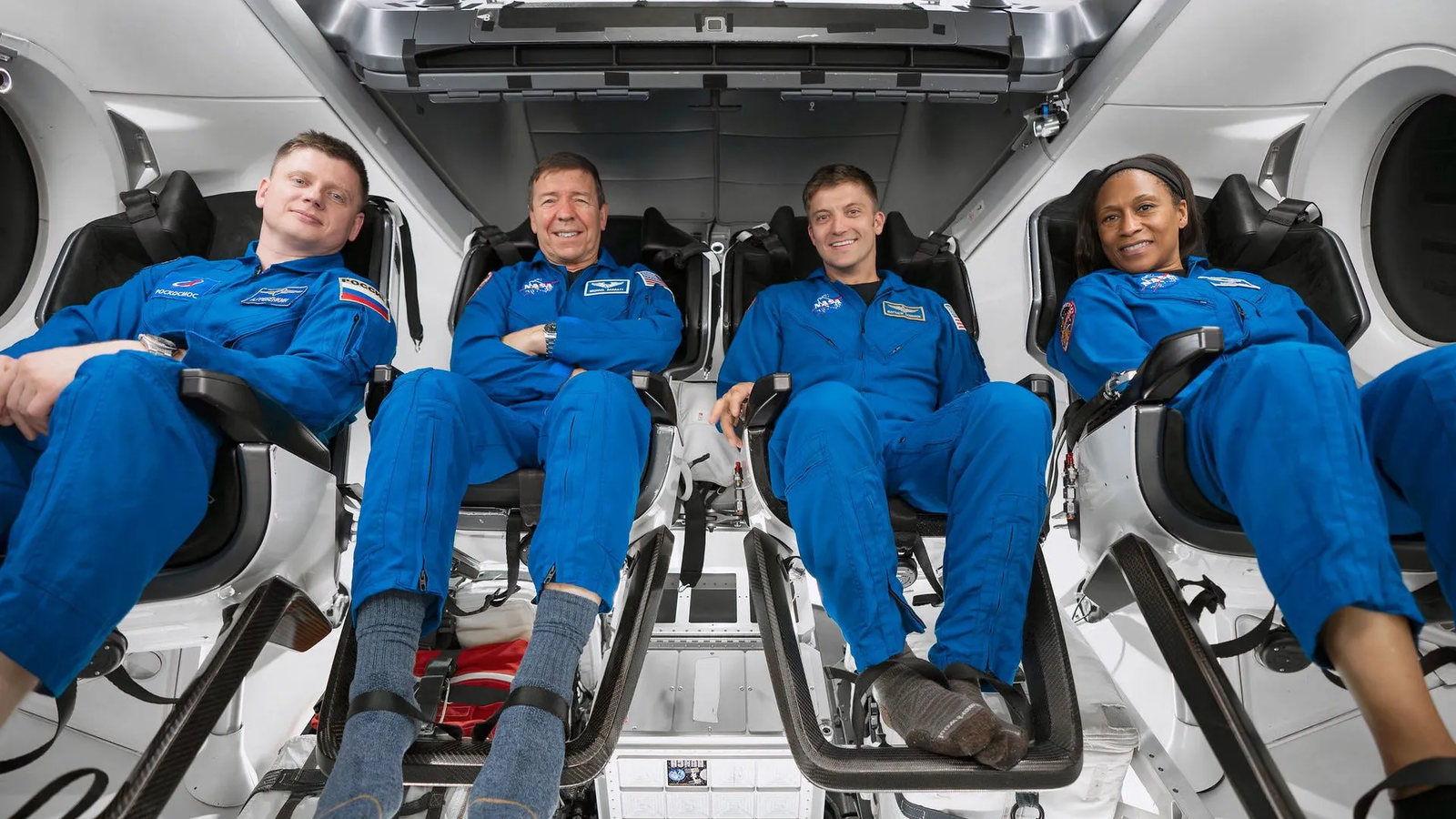What Led to Hospitalization After Returning from Space?
The Crew-8 astronaut was admitted to Ascension Sacred Heart Pensacola for observation following splashdown in the Gulf of Mexico. The astronaut’s identity and specific medical condition remain undisclosed, with NASA citing medical privacy. According to Cheryl Warner, NASA’s news chief, the decision to hospitalize was “out of an abundance of caution.” The agency confirmed that the astronaut is in stable condition and under close observation.
Crew-8’s Extended Mission Duration
The Crew-8 mission, which launched on March 4, was extended due to scheduling conflicts, largely stemming from weather concerns and coordination with Boeing’s Starliner program. This delay made Crew-8 NASA’s longest crewed mission with SpaceX, totaling 235 days on the ISS—well beyond the typical six-month duration for space station missions.
SpaceX’s Role and the Successful Return of Crew Dragon
The SpaceX Crew Dragon capsule, on its fifth flight, successfully undocked from the ISS and re-entered Earth’s atmosphere, deploying its parachutes before splashing down near Pensacola. SpaceX’s vice president of flight reliability, William Gerstenmaier, highlighted the capsule’s accumulated 702 days in orbit across its missions, showcasing the durability and reliability of SpaceX’s reusable spacecraft.

Minor Parachute Issues During Re-entry
While the Crew Dragon capsule performed admirably, NASA did note minor parachute issues during descent. Debris caused slight interference with the initial braking parachutes, and one of the four main parachutes deployed slower than expected. However, Richard Jones, NASA’s deputy manager of the Commercial Crew Program, assured the public that these minor issues did not compromise crew safety.
Crew-8’s Return and Standard Health Evaluations
After the splashdown, NASA initially transported all four crew members, including Matthew Dominick, Michael Barratt, Jeanette Epps, and Russian cosmonaut Alexander Grebenkin, to the hospital for post-flight assessments, which are standard practice. Three astronauts were subsequently cleared and returned to Houston. However, one astronaut required additional medical attention, leading to the hospitalization in Florida.
The Health Risks of Long-Duration Space Missions
Long-duration missions like Crew-8 impose unique physical and psychological challenges on astronauts. Prolonged exposure to microgravity affects muscle and bone density, while the isolation and confinement can impact mental health. NASA and other space agencies have extensive medical protocols to monitor and manage these health risks, both during and after the mission.
Post-Mission Medical Protocols for Astronaut Safety
After extended missions, NASA implements comprehensive health evaluations to monitor astronauts’ well-being. Richard Jones highlighted NASA’s commitment to astronaut health, stating, “The crew is doing great.” The agency’s protocols aim to refine astronaut care during extended missions, ensuring safety for the future of long-duration space exploration.
Read More: Diljit Dosanjh Spiritual Visit to Gurdwara Bangla Sahib Before His Delhi Concert
Conclusion
NASA’s Crew-8 mission highlights the growing need for robust health monitoring in space travel. As missions extend beyond six months, careful attention to both physical and mental well-being becomes critical. Despite the precautions and advanced technology, space travel remains demanding on the human body, underscoring the importance of continued research and vigilance in astronaut health.






